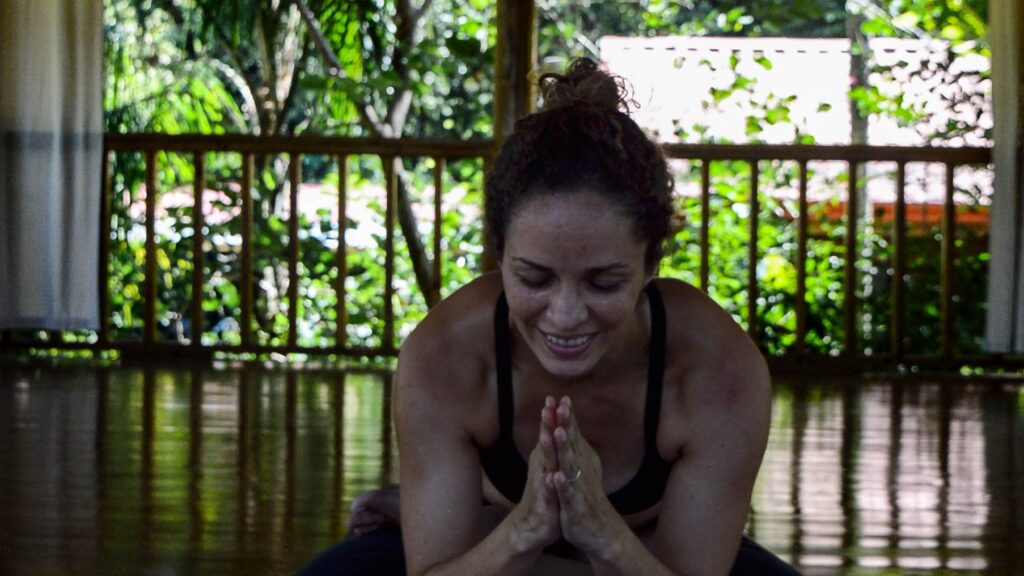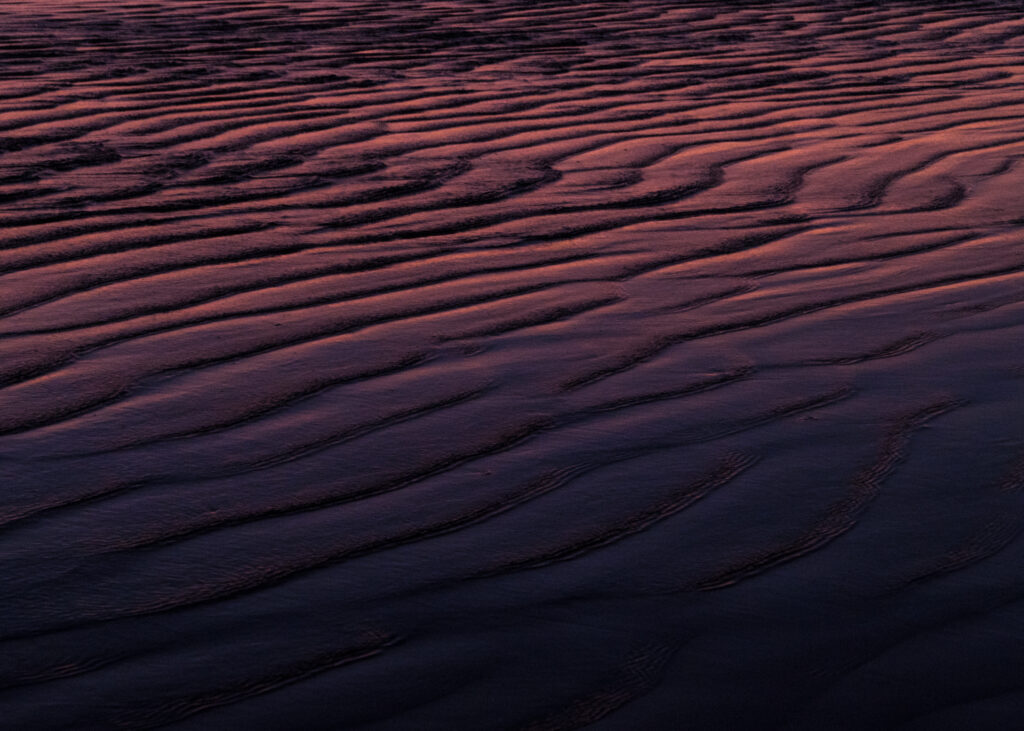Generating a Surf Report: 4 Things to Know Before Paddling Out
An important step toward progressing as a surfer is understanding what to look for when arriving at the beach. Here at Bodhi Surf + Yoga, we provide a style of teaching that empowers students to become independent surfers. This means that we impart a great deal of information and tools advise our students to observe ocean conditions for at least 15 minutes prior to paddling out for a surf session. Observing the ocean and understanding the many factors that affect the waves is a skill that can take years to develop, but is incredibly important.
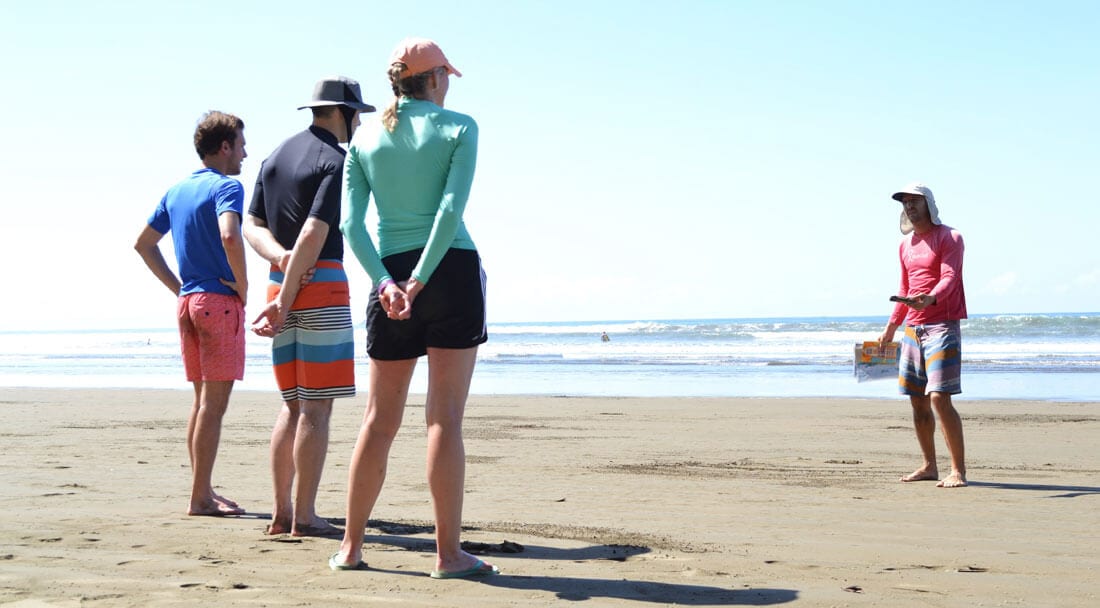
Importance of familiarizing yourself with your surf spot
All surfers should be able to describe the present ocean conditions in a way that allows other surfers to know what to expect from the surf that day. For example, if I am on the phone describing ideal surf conditions to a friend, I might say “the wind is offshore, the tide is rising from mid to high, the waves are 3-5 feet and peeling.” On the other hand, if I am describing poor surf conditions, I might say “the wind is strong onshore, the tide is extremely low, the waves are 2-3 feet and closing out, and there are several rip currents present.” Based on my description of the current conditions, my friend should be able to determine whether or not she wants to go surfing.
As you may have gleaned from the previous examples, there are four key things beginner surfers should pay attention to when generating a surf report: tide, wind, waves, and potential hazards. Let’s go through each one in more detail.
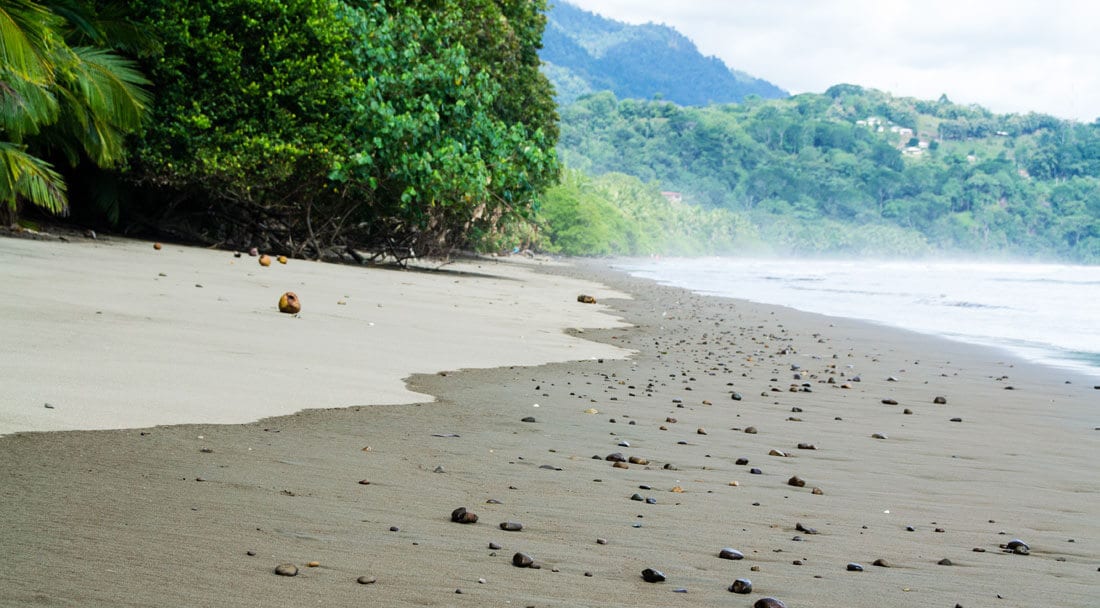
The tide
A tide, as defined by The Essentials of Surfing, is “a local change in the water level of the ocean due to the gravitational pull of the sun and moon.” If you frequently visit the same beach, you are likely to be able to tell from simple observation whether the tide is high, medium, or low. But if you are visiting a beach for the first time, you might want to check the tide beforehand using an app or website like Magicseaweed.
As a surfer, it is important to pay attention to the tide and whether it is coming in or going out, as the tide can affect the depth that waves break over a given bottom contour. At a beach break, if the tide is very low, the waves might break too fast, or all at once in “closeout” fashion. If the tide is very high, the waves might break too slow (or not at all). The opposite conditions are often the most favorable at point breaks. I recommend doing your research beforehand so you can plan your surf around a tide that typically generates good waves at the place that you are surfing. It is always a good idea to ask a local surfer about the ideal tide for the specific break and for your level.
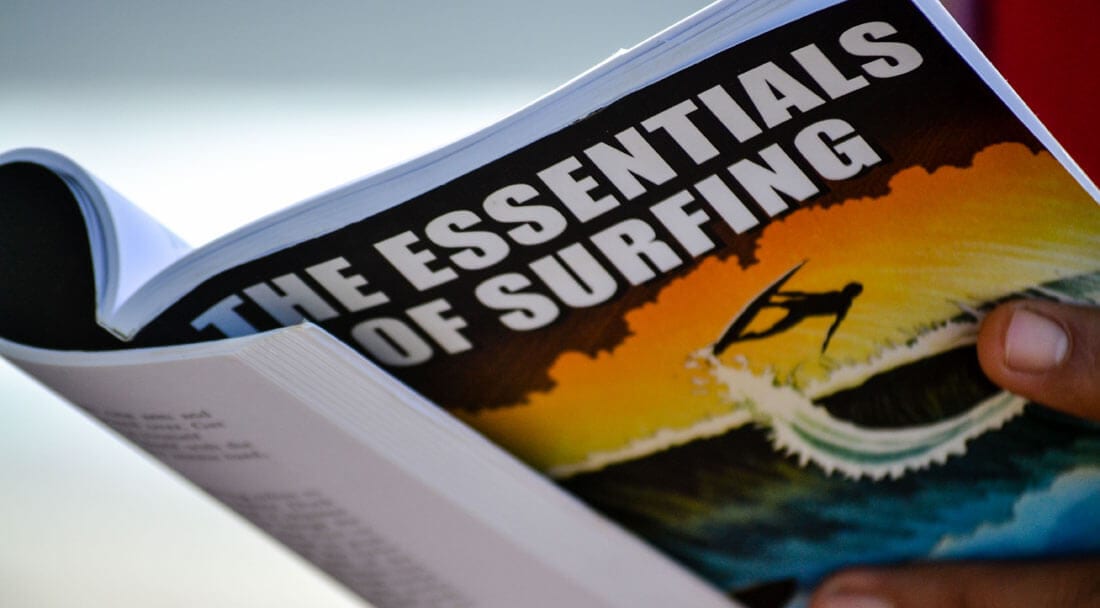
The wind
In general, surfers use two terms to describe the effect of wind on the ocean surface: glassy or choppy. A glassy ocean surface (little to no wind) is preferred to a choppy one.Paddling will be much easier, and waves will typically break “cleaner” and in a more organized manner. If there is wind, surfers want it to be offshore — blowing from the land to the sea. This type of wind holds up the face of the incoming waves, causing them to break later, steeper, and hollower.
The temperature gradient between the ocean and the land at your local beach will determine the strength and direction of the local winds. If the water is similar in temperature to the abutting land, then there will likely be minimal wind present. That is why many experienced surfers prefer to surf early in the morning, before the sun has had a chance to heat up the land, thus creating local wind. Your best bet for a smooth ocean surface is either early in the morning or several hours before sunset, when the wind tends to be calm.
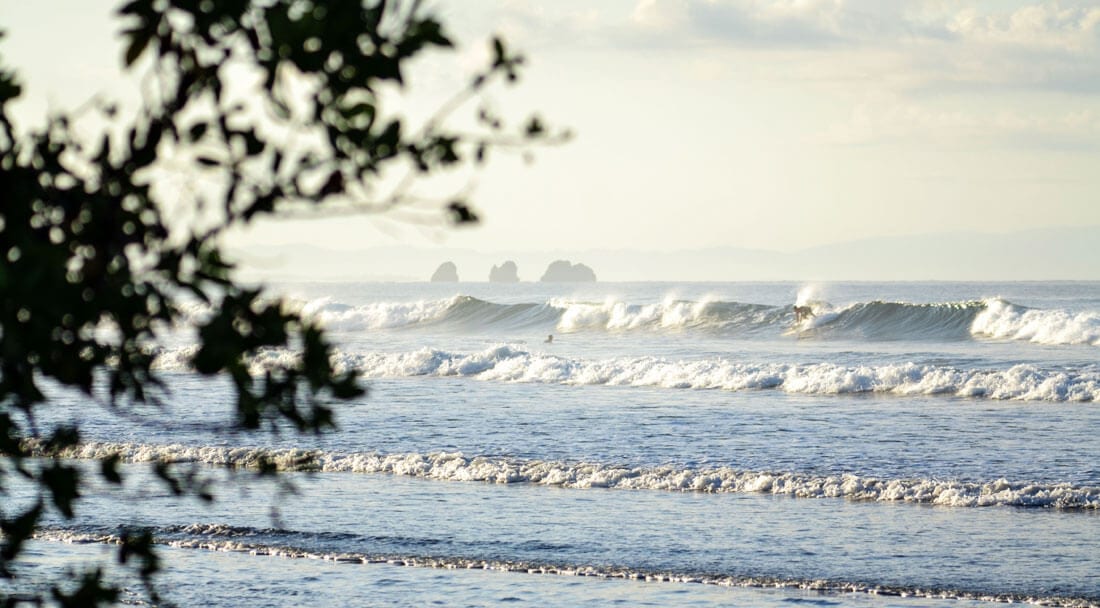
The waves
I would now like to share a passage from William’s Finnegan’s Pulitzer Prize-winning Memoir Barbarian Days describing how rideable waves form:
A storm out at sea churns the surface, creating chop — smaller and then larger disorganized wavelets, which amalgamate, with enough wind, into heavy seas. What we are waiting for on distant coasts is the energy that escapes from the storm, radiating outward into calmer waters in the form of wave trains — groups of waves, increasingly organized that travel together. Each wave is a column of orbiting energy, most of it below the surface. As it travels, it becomes more organized — the distance between each wave in a train, known as the interval, increases. As waves from a swell approach a shoreline, their lower ends begin to feel the bottom. The visible part of the wave grows, its orbiting energy pushed higher above the surface. The resistance offered by the sea bottom increases as the water gets shallower, slowing the progress of the lowest part of the wave. The wave above the surface steepens. Finally, it becomes unstable and prepares to topple forward — to break.
Waves have varying heights (trough to peak) and intervals (distance between waves) based on the intensity and distance of the storm that produced them. In the Pacific Ocean for example, massive winter storms near the Aleutian Islands generate swells that travel hundreds of miles uninterrupted until they run into the reefs surrounding Oahu’s North Shore — known as the Mecca of surfing for its massive, tubular waves. As we just learned, waves break when their downward spiraling energy is forced upward at a particular depth, therefore, the shape of the coastline and the bottom contour at your local break affect both the size and power of the breaking waves.
If you are a beginner surfer, understanding how the waves break at your particular beach is an important element to your learning curve. It is prudent to start at a beach with a sandy bottom and “soft” crumbly waves, as opposed to a break with rocks and hollow waves. Furthermore, you must be able to recognize when the waves are too big for your abilities. When you are starting out, you should be looking for waves that are up to 3 feet or 1 meter.
Other hazards
Before going surfing, it is in your own best interest to be aware of any potential hazards that might jeopardize your safety during your surf session. Do some research beforehand and be aware of any marine life that could endanger you such as stingrays, jellyfish, sea urchins, and so on. Other hazards include other surfers and beachgoers, floating debris, rocks, coral, and rip currents.
Rip currents occur when larger set waves remove sand from the seafloor, thus creating an underwater channel through which water travels out to sea. Rips are easily identified if you know what to look for. Typically, a strong current will contain choppy brown water as sand is being transported seaward. If you find yourself caught in a current that is taking you away from land, paddle your board parallel to the coast until you reach calmer waters before paddling back in to shore. Learn more about rip currents here.
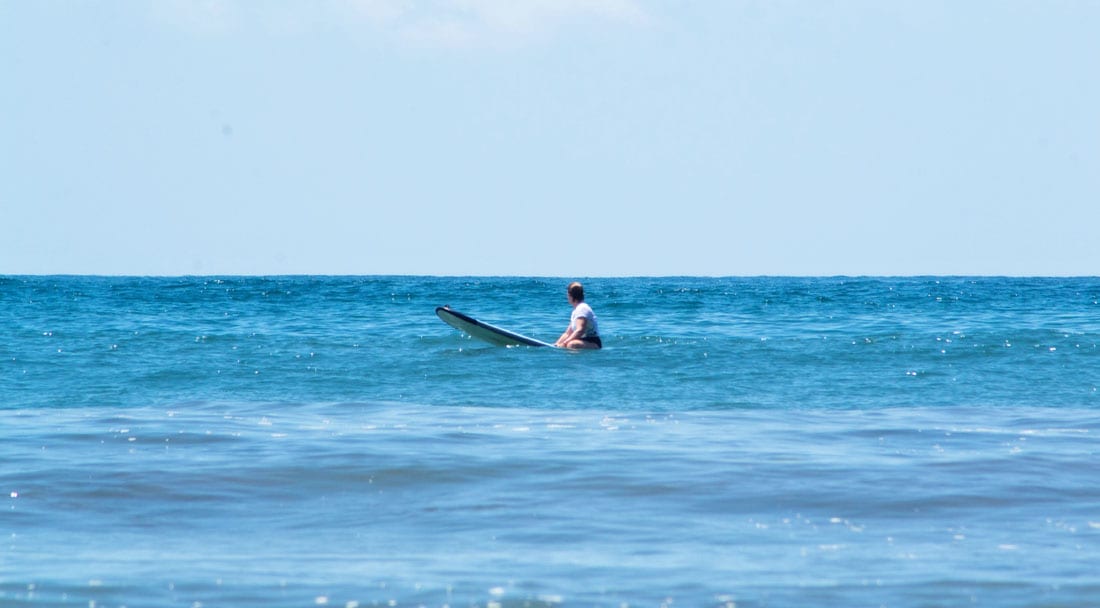
Enjoy your sesh!
Understanding all of these factors will undoubtedly ensure that you are able to paddle out at the best time to ensure an optimal surf session. Moreover, your understanding of these characteristics will both help you improve as a surfer. As you are learning, it is always good to talk to friendly locals as they have a wealth of knowledge on the specific surf break. Listen to their perspectives, ask questions, and who knows! You may even have found yourself a surf buddy!
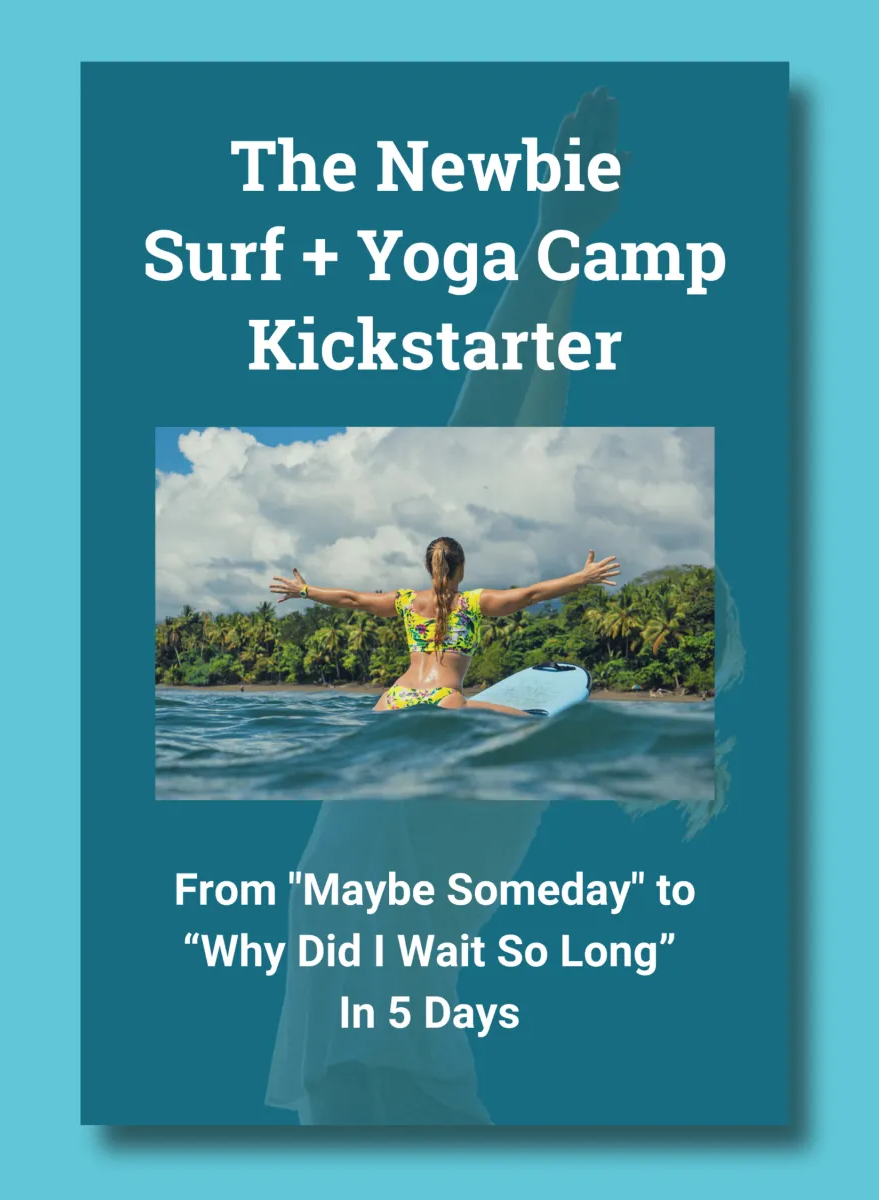
For First-Time Surfers
You Don't Need Experience. You Don't Need Gear. You Just Need This.
Our free 5-day email course that reveals the 5 myths keeping beginners at "I'm not ready" instead of catching their first wave and finding inner peace-and how to overcome them fast.
Change the heading on the Separator tab ->
Search
The Newbie Surf + Yoga Camp Kickstarter
Bust the 5 biggest myths about going to a surf and yoga camp so you can stop procrastinating and start catching waves - with our FREE 5-day email course.
Change the heading on the Separator tab ->
Most Read Blogs
What is the Meaning of Anjali Mudra?
May 27, 2020
Fitness for Surfers: Workouts, Exercises & Training
February 10, 2022
The Best Places to Eat in Uvita, Costa Rica
May 19, 2022
How to Get From SJO to Costa Ballena, Costa Rica
May 31, 2018
Change the heading on the Separator tab ->
Categories
Categories
- Bodysurfing (5)
- Food (7)
- Responsible Business (6)
- Surfing (65)
- Travel (65)
- Yoga (41)
Change the heading on the Separator tab ->
Newsletter
Thanks for subscribing! Please check your email for further instructions.
Change the heading on the Separator tab ->
Follow Us
Bodhi Surf + Yoga
Change the heading on the Separator tab ->
Read more
Intro to Ayurveda: Pilar’s Exploration into the Ancient Science of Longevity
Words by Pilar
If you’ve visited us recently and spent time with Pilar specifically — whether on the yoga mat or over breakfast, you’ve likely heard her mention the word “Ayurveda” multiple times. That’s no…
Sandbars for Surfers: Everything You Need to Know and More
Words by Guest Post
Ever wonder what a sandbar is? When it’s low tide you can see them, but what happens when the ocean covers them? Most surfers may just look at the waves on the…
5 Advanced PNF Stretches for Surfing
Words by Guest Post
Like in any sport, surfing requires exceptional mobility and range of motion in the joints. Stretching is a great tool to gain mobility for those eye-catching maneuvers or a post-session recovery routine….

